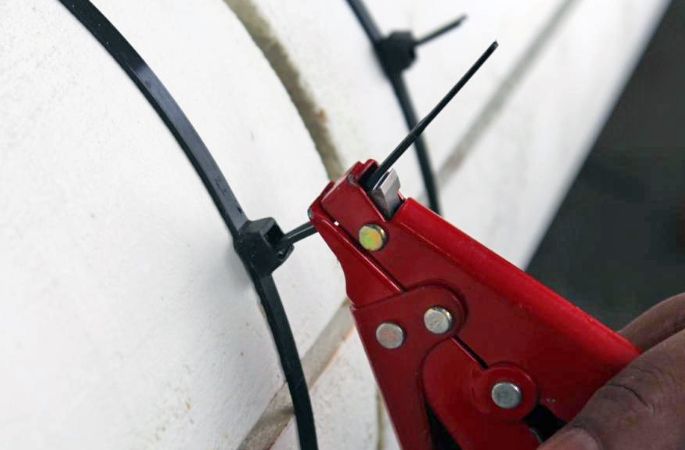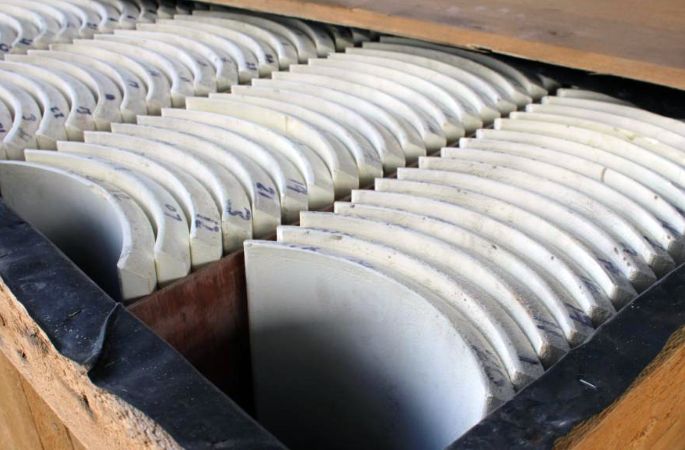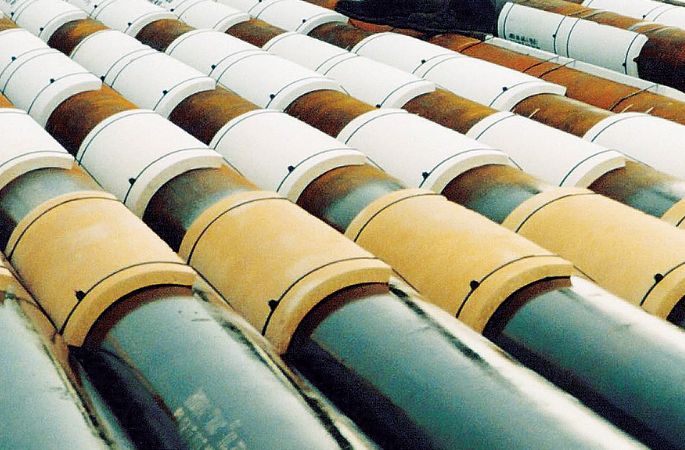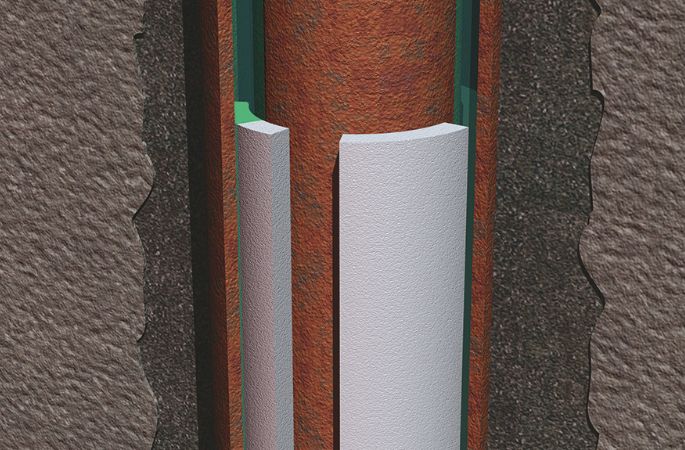- Products
- Impact & abrasion protection
- Bend & fatigue protection
- Buoyancy & floats
- Downhole protection
- Guides & clamps
- Seabed stability
- Sensors & monitoring
- Sectors
- About us
- Knowledge
- News
- Careers
- Contact
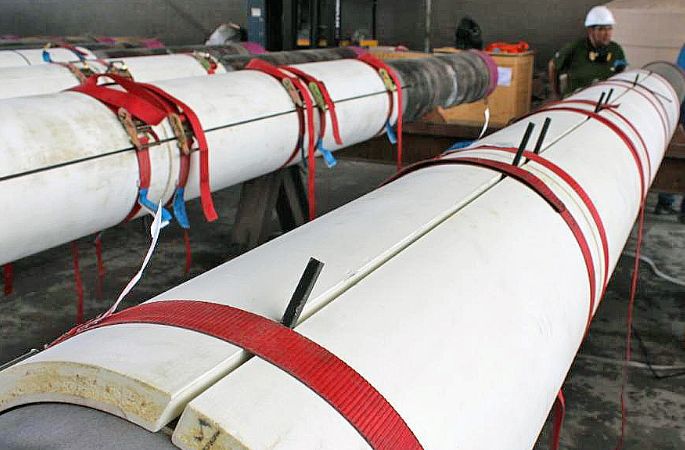
Crushable Foam Wrap is designed to be installed around the inner drill casing which is then immersed within the annulus fluid. As the pressure of the annulus fluid increases, the Crushable Foam Wrap will collapse at a pre-determined pressure and temperature combination as dictated by the well conditions, allowing expansion of the annulus fluid and dispersing any potentially destructive pressure increases.
Crushable Foam Wrap has a honeycomb microstructure that allows compression of the foam to take place. There are 12 approved grades of Crushable Foam Wrap, covering a wide range of temperatures and pressures.
Crushable Foam Wrap can be placed anywhere within the trapped annulus and still allow the free flow of the liquid. Bespoke tooling can be manufactured to cater to any pipe configuration or subsea architecture.
Crushable Foam Wraps polymeric nature means that the foam itself has a thermal softening point, formulated to be below the maximum operating temperature of the annulus. This ensures the foam cannot fail to collapse before the maximum operating temperature is reached.
Honeycomb microstructure
Tailored structure
Flexible positioning
Guaranteed performance
Inner drill casing

